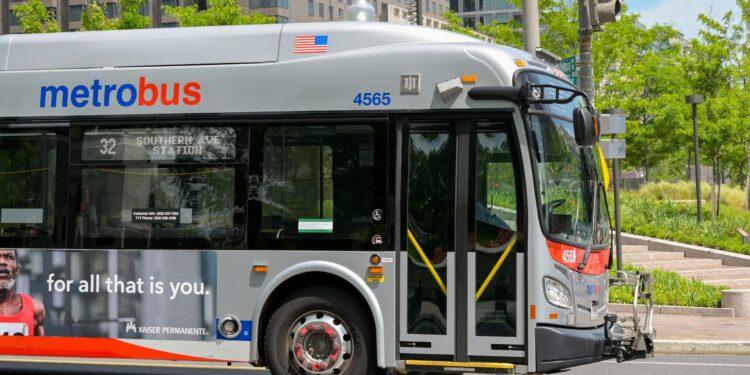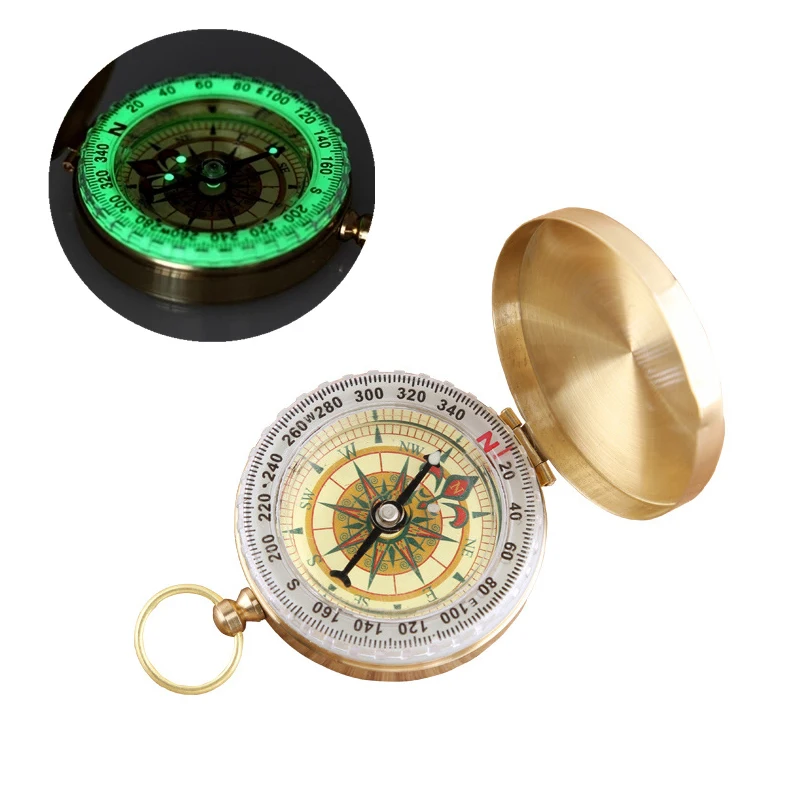Why No One Pays for the Bus
The D.C. City Council said the bus should be free, so riders preemptively stopped paying.
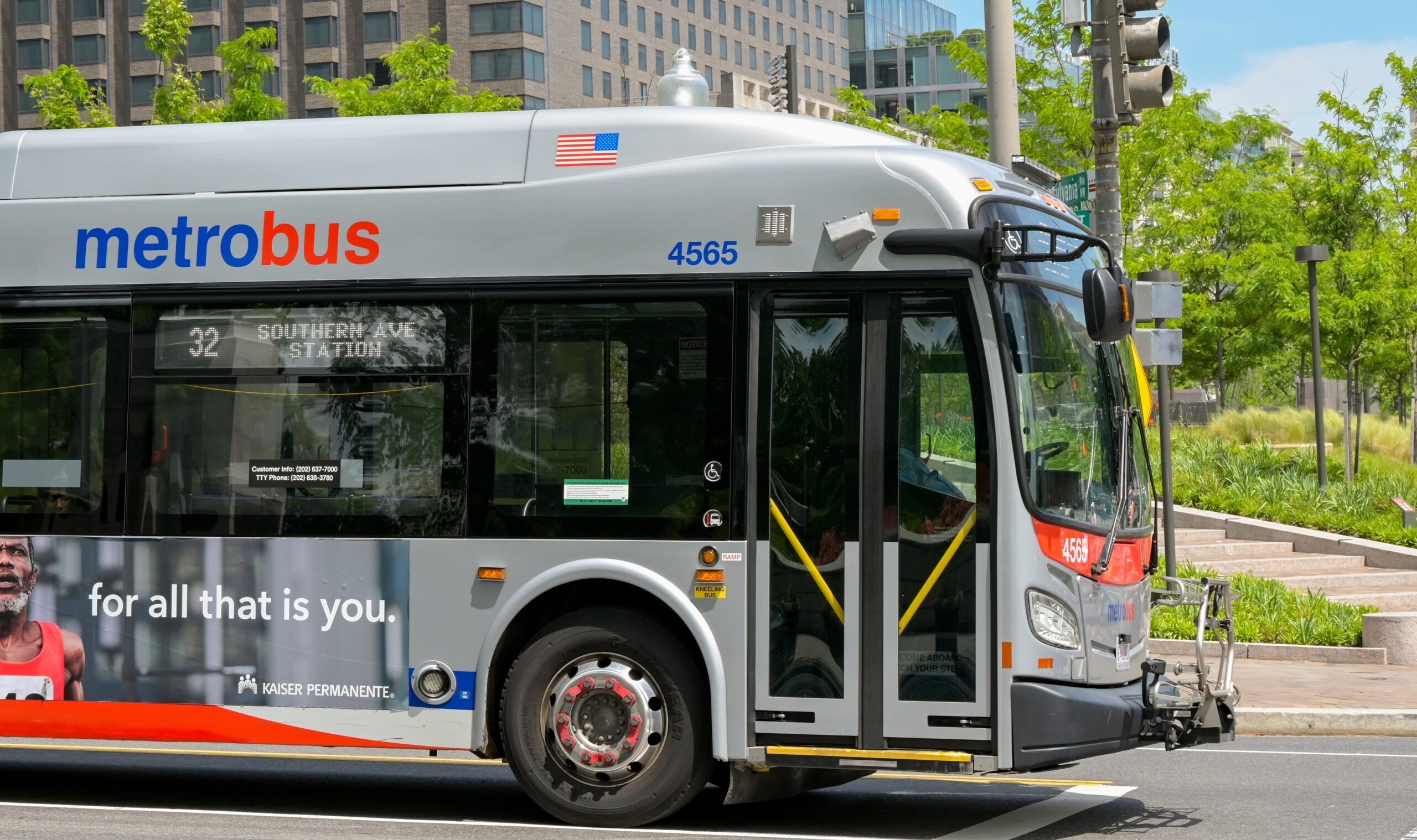
I ride the bus in Washington, D.C. often enough to know that I am cheating myself by paying. Every time it’s the same ordeal. When the bus rolls up to the stop—usually a few minutes late—I pull out my wallet and get ready to swipe my card. But it’s never so simple: Sometimes the machine is broken. Other times my card is defective and the machine won’t take cash. But most often, the driver, already harried by other more pressing worries at the Washington Metropolitan Area Transit Authority, simply doesn’t have time for some guy attempting to pay for his ride—and lurches on, leaving me to figure it out in medias res or give up.
Most people give up, or don’t even bother to try. I am in a distinct minority of paying bus users in the nation’s capital. In the last few years, fare evasion on D.C. buses has become one of the great unsung failures of city governance. Even as Mayor Muriel Bowser’s administration has largely solved the same problem on the trains—after Metro authorities erected unhoppable gates at nearly every station turnstile, fare evasion dropped to 3 percent—the bus has only gotten worse. And few people in the city seem to have the will or the imagination to do anything about it.
In WMATA’s telling, bus fare evasion has “steadily increased” in the past few years. That’s a modest way of phrasing the problem. But here are the numbers. In 2019, fare evasion was estimated to be at about 14 percent. In 2020, it rose to 17 percent. Then came those unregulated few years wherein officials waved their hands vaguely at the pandemic as fare evasion skyrocketed. Here’s where things stand in 2024: “a very high rate,” a Metro board member admitted last week, “approaching 70 percent.”
It is admittedly difficult to confront this problem effectively. The bus is not cordoned off like the Metro. Drivers cannot crack down on fare evasion. They are already locked behind bullet-proof glass anyway. And the police can’t really do anything about it either, except at the busiest stops (such as train station transfer points).
And yet neither the Metro nor the transit police can afford to do nothing. Since the pandemic, bus ridership has risen dramatically. WMATA clocked over 100 million bus trips in the last fiscal year alone. In that same time period, Metro buses made about $50 million in revenue—far less than the $300 million the train pulled in, a disparity made even more embarrassing by the fact that the train logged five million fewer passengers than the bus.
There’s also the question of crime. After the new fare gates were installed on the Metro, fare evasion decreased, and with it other criminal incidents within the system. Crime on the Metro is down 30 percent from this time last year, according to the Metro Transit Police’s general manager. The same could not be said of the bus. Most of the crime is petty, stupid stuff—things that were not even considered criminal until fairly recently—like drinking a beer or smoking a cigarette in the back seat. But every now and then, there’s something of a higher caliber, enough to make you get off a stop early. I’ve written elsewhere that fare evasion does not necessarily make one a criminal of any other sort, but the practice, especially when widespread, certainly contributes to relaxed attitudes towards other rules.
So far, the only solution the city government has proposed is giving up, just like everyone else. Making the bus “free” is one of the most popular ideas in the D.C. Council right now, likely because it’s the most convenient method of wishing a real problem away. In late 2022, the council voted in favor of removing bus fares some time in the near future. (Bowser all but shot down the measure last year, citing cost concerns.) The council’s theory is pretty simple: Since no one wants to pay for the bus, why bother forcing the issue? Better to raise taxes, move some items around in the city budget, and call it a day. Besides, if D.C. chose to remove fares, it would be the largest city in the country to do so—giving officials the perfect opportunity to rebrand a failure of governance as an “historic first.”
It’s exactly this attitude that encourages people to despair of the system. By declaring intention to make the bus “free” without outlining a plan, let alone finding the cash, to fund it some other way, the city council put the transit system in a position similar to that of marijuana legality. Federal law deems marijuana a Schedule I substance, though many state laws consider it permissible for medical and recreational use. On paper there is a conflict, but in practice there isn’t: Pot is effectively—though often very messily—legal. Similar logic can be applied to the Metro bus. It technically costs $2 per ride, but because the city council has said it should cost $0, most riders have decided that they may as well stop paying now. It is unsurprising that the spike in fare evasion coincided with the council’s vote.
Of course, the system does actually need those $2 per ride to function (or at least to defray other costs), and without them, it will only get worse. Which only encourages fewer people to pay into it. It’s a vicious cycle. About 70 percent of bus riders have already given up, and I suspect that unless something is done in the coming year, that number will only rise.
The post Why No One Pays for the Bus appeared first on The American Conservative.


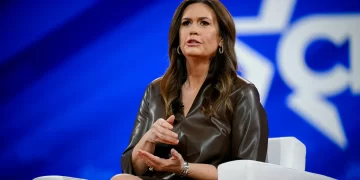

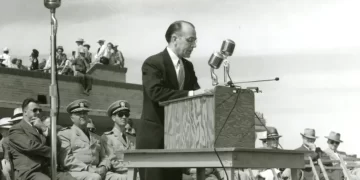

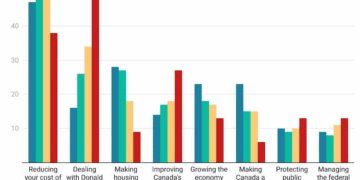
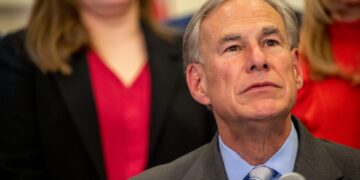

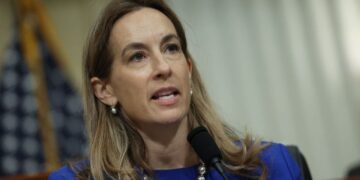























 Reaction & Commentary
Reaction & Commentary






